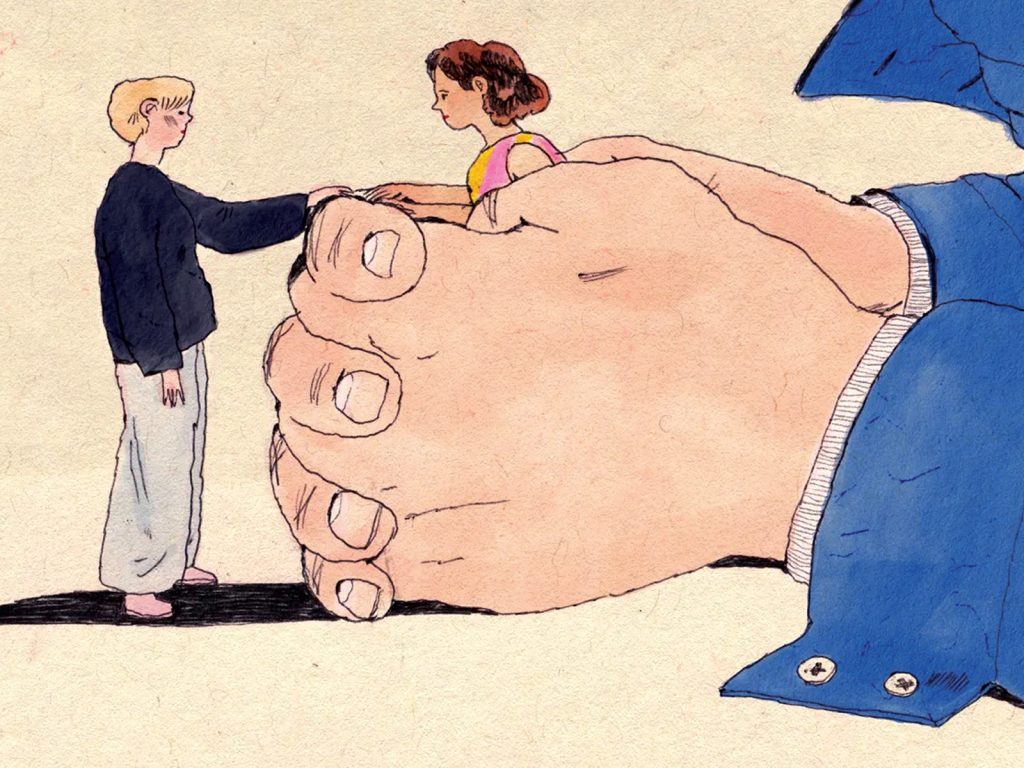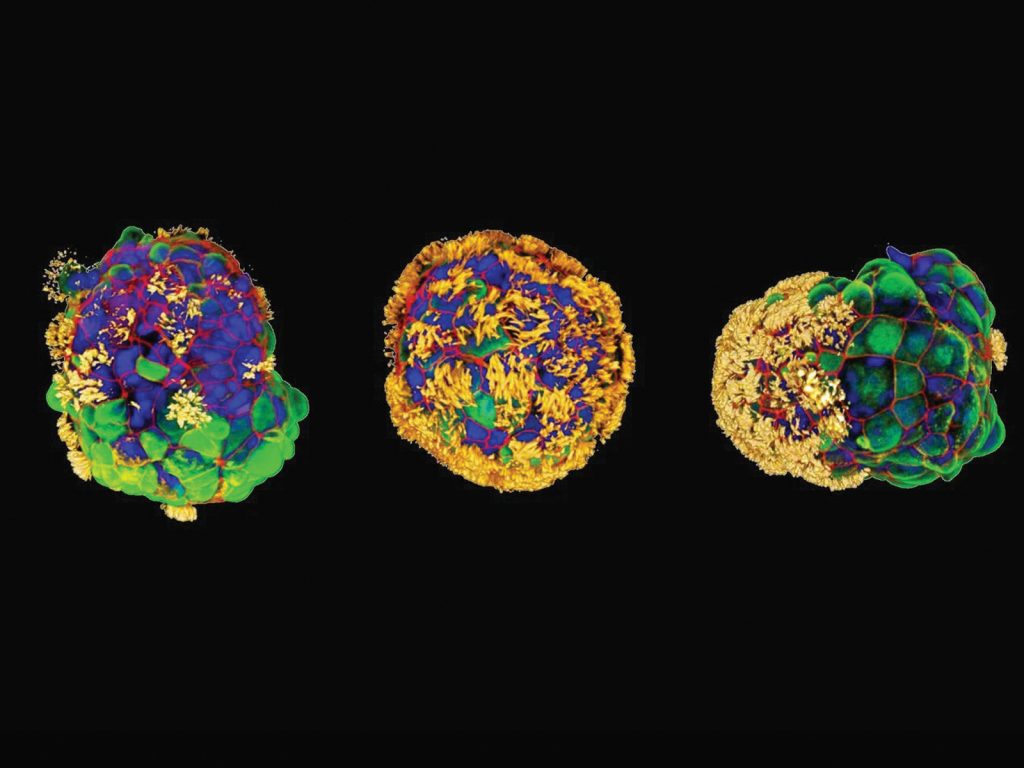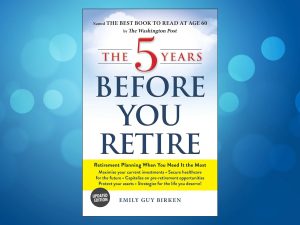Landais Alzheimer Village In France
In the southwest of the country there’s a unique village where everyone lives with dementia. The concept, designed around keeping life as normal and consistent as possible, allows residents to enjoy maximum independence while removing the added pressures of remembering the finer details. The wallet-less village are shops, theatres, cafes and communal kitchens, as well as private homes. Residents participate to the best of their ability, going for walks, exercising and socializing in a comfortable community with a gentle, stress-free rhythm.
Medical professionals who have been working in this village report favourable early results suggesting that living in Landais may also be having a positive impact on disease progression. Also favourable, the noticeable decrease in anxiety from families who bring their relatives to visit or live. Rather than hopeless and sad that they are “throwing” their loved one away they’re left feeling that they’re giving them a new lease on life in a safe, comfortable and somewhat independent environment. With a strong sense of community, living Landais-style may well be the way of the future for dementia care.
Source: The BBC

How to support someone in an abusive relationship
From the One Love Foundation and TED Talks series on how to be a better human, an article on how you can support and understand and identify someone who is in a potentially emotionally, mentally, physically, or financially abusive relationships. The article shares red flags to notice if they keep popping up such as:
1. Increasing unusual isolation from you and things they like to do
2. Unexplained injuries or pain that they aren’t willing to talk about
3. Emotional and financial abuse in private or public
Routes to take include finding ways to get your friend alone to have a one-on-one conversation that’s light and simple and makes sure to be helpful without putting them in harms way. The key is to listen and ask open ended questions and accepts whatever response they provide. Afterwards keep the lines of communication open, take care of yourself and be willing to accept that they may not leave their partner quickly or at all. Its recommended that if there is any notion of physical danger consider escalating your efforts.
Source: Ted Talk

New avenues of discovery. What are Anthrobots?
Tiny biological robots called anthrobots, made out of human cells have recently been created at Harvard and Tufts Universities. In tests, the anthrobots were left in a small dish along with some damaged neural tissue. Scientists watched as the bots clumped together to form a super bot, which then repaired the damaged neurons.
A single anthrobot is made by taking a cell from the human trachea which is covered in tiny hairs called cilia. The cell is then grown in a lab and becomes a multi-cell entity called an organoid. The cilia on the organoids grow outwards so they look like little oars that allow them to move autonomously. Life Science researchers say that in the future anthrobots made from a patient’s cells could be used to perform repairs or deliver medicines to target locations.
Meanwhile, researchers at New York University created biological nanobots capable of self-replication. The bots are made from four strands of DNA, and when held in a solution made of this DNA raw material, they’re able to assemble new copies of themselves.
Source: New World Same Humans
Images: BBC. Gizem Gumuskaya. Karlotta Freier.












